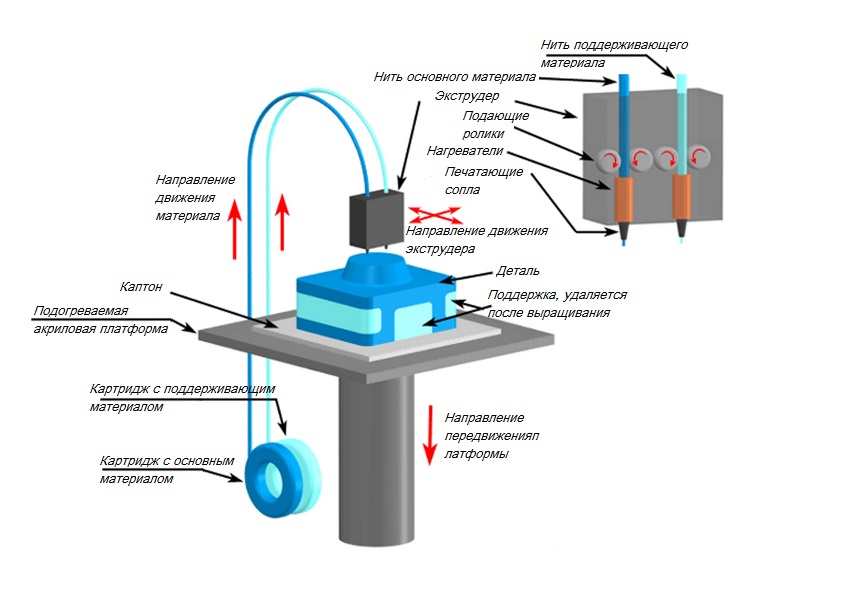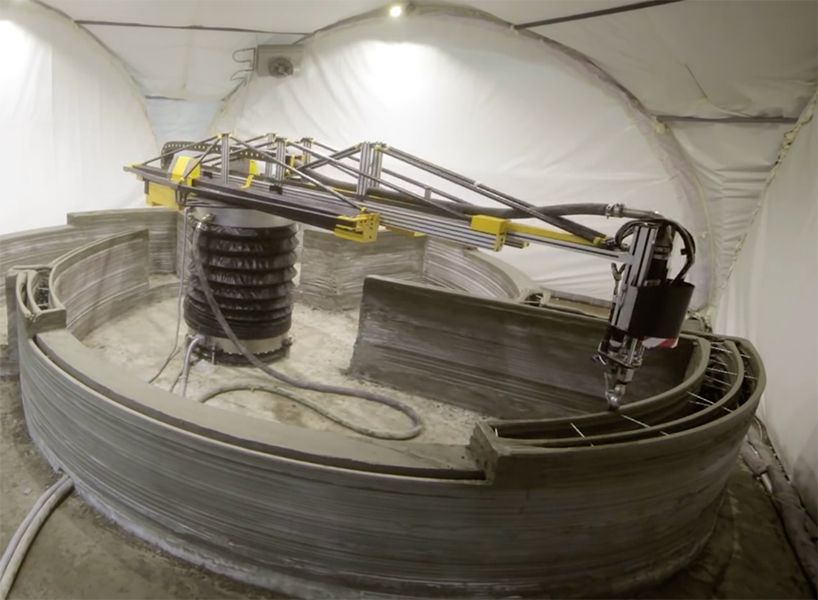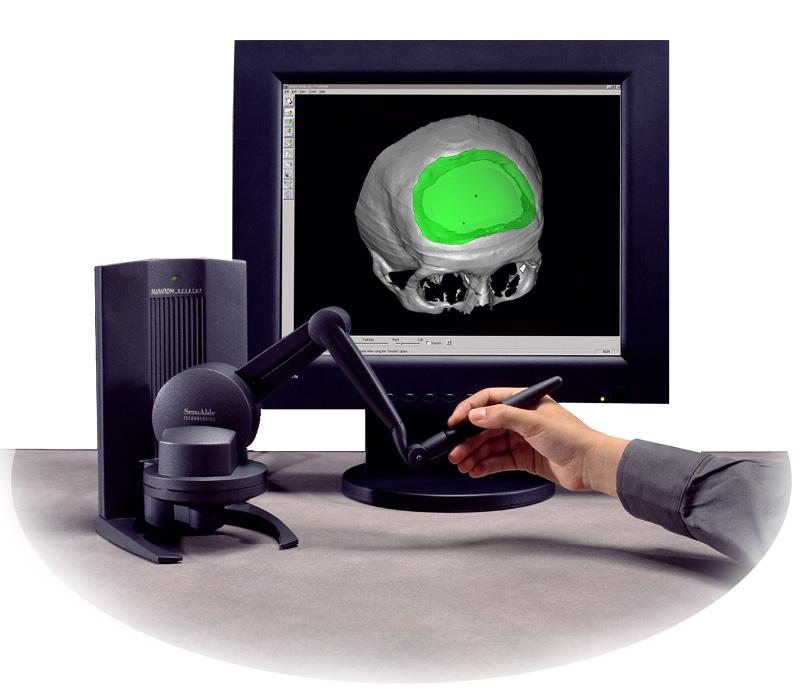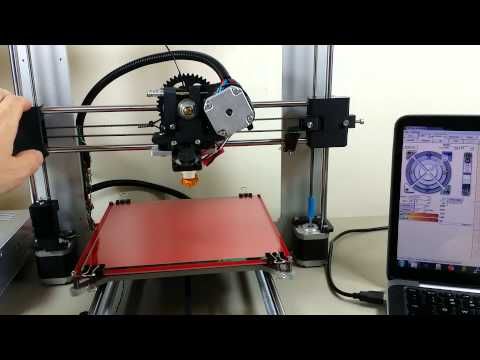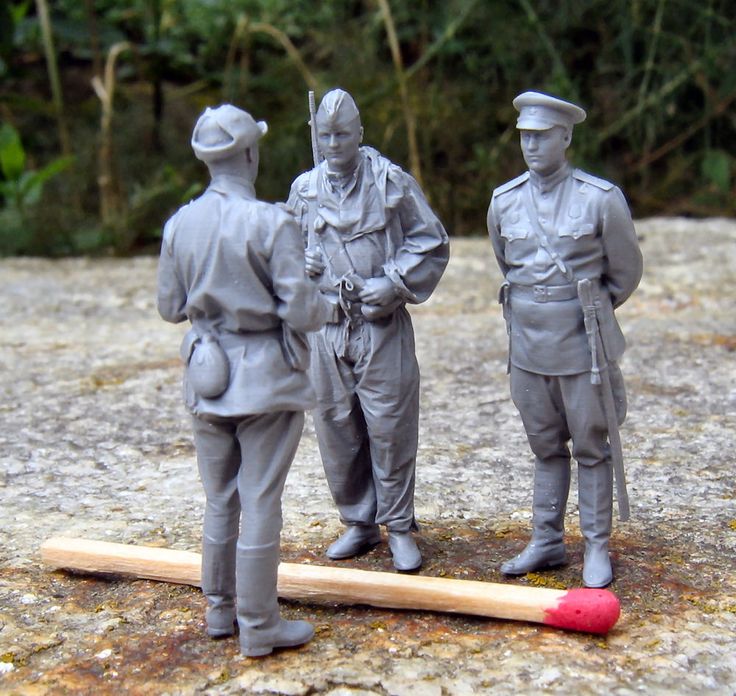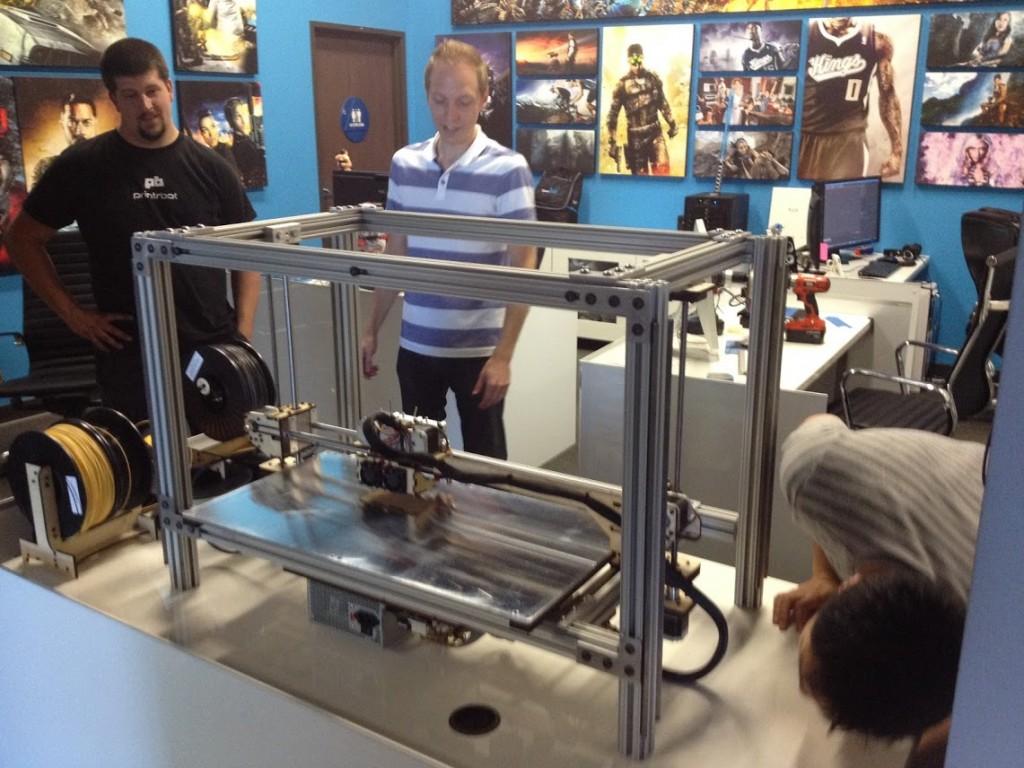Fff 3d printers
Fused filament fabrication technology for 3D printing
David Roberson7 January 2021
Trends
FFF 3D printing, or fused filament fabrication, is an additive manufacturing (AM) process in which thermoplastic material is pushed through a heated nozzle to create objects layer by layer.
What Is FFF 3D Printing?
While it has its origins as a proprietary manufacturing technology from the 1980s, desktop FFF really took off just over 10 years ago when patents expired and projects like the open-source RepRap initiative led to greater innovation and affordability.
Today, FFF technology is typically a lower-cost solution compared to other 3D printing processes, both in terms of initial investment and running costs. It’s also renowned for being easy to understand and use – making it ideal for busy engineers and elementary school kids alike.
But it has proven so reliable, accurate, and capable of producing robust parts over the years that most of the world’s leading manufacturing, design, and education organizations now use it to drive innovation.
The FFF 3D printing process
FFF 3D printing uses
Let’s look more closely at the applications of FFF 3D printing:
Manufacturing. With faster lead times than outsourcing and a wide range of engineering materials, FFF 3D printing is used widely in manufacturing industries. 3D printers deliver rapid tooling and replacement parts to maintain maximum uptime and productivity on the production line. And they are used to flexibly create end-use parts, such as bespoke quality gauges or small batch first runs, to speed up time to market of a product
Prototyping. Low-cost materials and short print times make FFF 3D printing ideal for the iterative design process. 3D printed prototypes can be used to visualise concepts or functionally test technical parts
Education. Affordable and easy-to-use FFF hardware enables a variety of education applications – from engaging younger students with STEAM basics to providing production labs for college and university students to work on engineering projects and develop skills for the modern workplace
Ford saved roughly $1,000 per tool by developing 3D printed manufacturing aids using Ultimaker printers
Learn more about the range of 3D printing applications and how experienced AM engineers identify them in this episode of the Talking Additive podcast.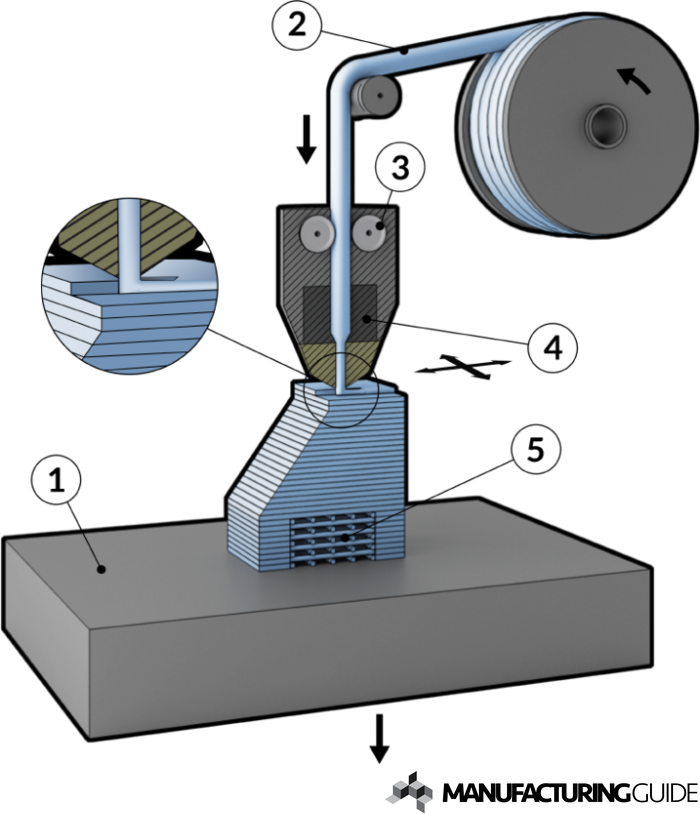
FFF materials
Plastic polymers are the most used materials for FFF technology, of which there are many for countless uses.
Composites that combine a polymer with fibers of carbon, metal, glass, or other materials are also widely used for various structural benefits, although these cannot be printed reliably on all FFF 3D printers. Technically it is also possible to print food and biological pastes using 3D printing technology, although this is typically reserved for experimental or research applications.
Another important category of material for FFF printers is known as “support” material. This is needed when the orientation or shape of a part makes it impossible to print from bottom to top – for example, a part with a large overhang. Support materials are designed to be easy to remove.
Material for FFF 3D printers is typically sold as spools of filament, each containing from 250 g to 1 kg of material.
Some 3D printers can print parts with multiple materials or colors
Loading filament on an Ultimaker S5 Pro Bundle printer
If you’re thinking of buying a 3D printer, always check the compatible materials.
For some, you may be limited to using two or three materials. Other printers may claim to work with any material, but soon develop technical issues from wearing caused by printing abrasive composite materials. And some FFF 3D printers are limited to using the manufacturer’s proprietary materials only, while others offer an open filament system (like Ultimaker) compatible with third-party products.
Some of the most common FFF 3D printing polymers are PLA (polylactic acid), which is often used as a “beginners” material due to its ease of use, and ABS (acrylonitrile butadiene styrene), which offers some superior mechanical properties and heat resistance.
But with thousands of filaments on the market, it’s worth diving a little deeper into their properties to get an understanding of how many applications are possible with a high-quality FFF 3D printer.
| Material | Properties |
|---|---|
| PLA (polylactic acid) | Excellent surface quality and detail.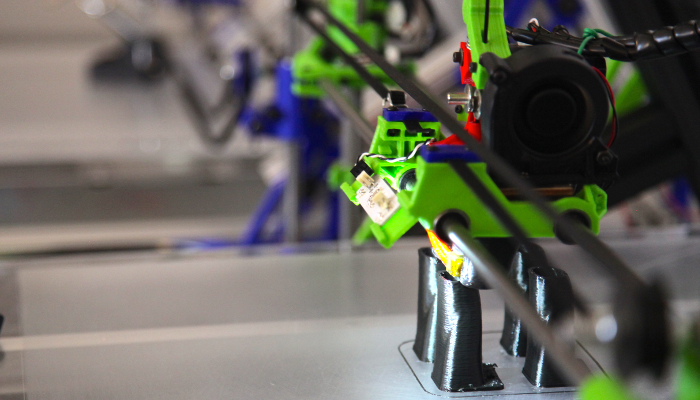 Mechanical and heat properties not suitable for some applications Mechanical and heat properties not suitable for some applications |
| ABS (acrylonitrile butadiene styrene) | Strong, ductile material with wear resistance and heat tolerance |
| Nylon (polyamide) | Strong yet flexible, with good chemical, impact, and abrasion resistance |
| PETG (polyethylene terephthalate glycol-modified) | Good toughness and wear resistance, with chemical resistance against many industrial fluids. |
| CPE (copolyester) | Durable and flexible with a glossy finish and good impact and heat resistance |
| PC (polycarbonate) | Strong and tough material with heat resistance up to 110 °C |
| TPU (thermoplastic polyurethane) | Flexible material with rubber-like properties. Provides high impact and wear resistance |
| PP (polypropylene) | Durable, tough, and fatigue resistant. Retains shape after torsion, bending, or flexing |
| PVA (polyvinyl alcohol) | Water-soluble material used to create supports for overhangs and cavities |
The table above covers the main polymers you can print on a professional 3D printer. Want to find the right composite material for your 3D printing applications? Watch our webinar on composites for 3D printing.
Want to find the right composite material for your 3D printing applications? Watch our webinar on composites for 3D printing.
FFF 3D printers
Although FFF 3D printers are all built on the same process, their capabilities differ a lot.
One of the biggest differences can be in material compatibility (see the section above), with the hardware being especially important in defining what sort of composites can be printed.
Size is another key differentiator of FFF 3D printers. The printable space (which limits the size of a single print or batch) is called the build volume or build envelope. This can vary considerably – from 10 cm (3.9 inches) of printable space in the X, Y, and Z dimensions, up to around 1 meter (39 inches) in one or more of these dimensions in the largest units. Note that a stiff, stable build platform aids the FFF process – so large format printers generally mean a trade-off in quality.
An example of the different sizes and configurations possible with FFF 3D printers
The different features of a FFF printer are too many to highlight in an introduction, so here are definitions of a few of the most important:
Build plate or platform.
 The surface onto which the material is extruded and then cools to form the printed part. It is typically made of glass or metal. A professional standard 3D printer should offer a heated build plate, which enables use of more materials
The surface onto which the material is extruded and then cools to form the printed part. It is typically made of glass or metal. A professional standard 3D printer should offer a heated build plate, which enables use of more materials Nozzle. The nozzle extrudes the molten material. It is housed in the print head and positioned via a gantry operated by stepper motors. The number of nozzles a printer has will determine how many materials can be combined in one print – typically one or two (known as single or double extrusion)
Feeder. The mechanism that feeds filament from the spool to the printer
Display. The interface through which the printer is controlled
Connectivity. Many 3D printers offer local network or cloud connectivity for remote operation
Environment control. While some FFF 3D printers are little more than open platforms, enclosing the build chamber and adding environment control (such as the Ultimaker S5 Pro Bundle) offer both print quality and safety benefits
Material handling.
 Filament is loaded and stored in many different ways on FFF 3D printers. This can range from basic printers, where the spool must sit separately, to professional solutions that offer front-loading and automatically switch spools when a filament finishes
Filament is loaded and stored in many different ways on FFF 3D printers. This can range from basic printers, where the spool must sit separately, to professional solutions that offer front-loading and automatically switch spools when a filament finishes
You can compare the features of Ultimaker 3D printers here.
Finally, it’s important to mention software. Unless you have all the 3D prints you will ever need sitting on a USB stick, you will not be able to do much without the right software.
In 3D printing, software plays two important roles. First, a “slicing” program like Ultimaker Cura is essential for preparing a design file (such as an STL) for print. Load the file into this software, choose your desired print settings (such as fast or extra detail), and it will “slice” it into layers then create a file format the printer understands.
Preparing a model to be 3D printed using Ultimaker Cura software
This print job can then be transferred to the printer manually (such as on a USB stick) or sent remotely over the network or cloud.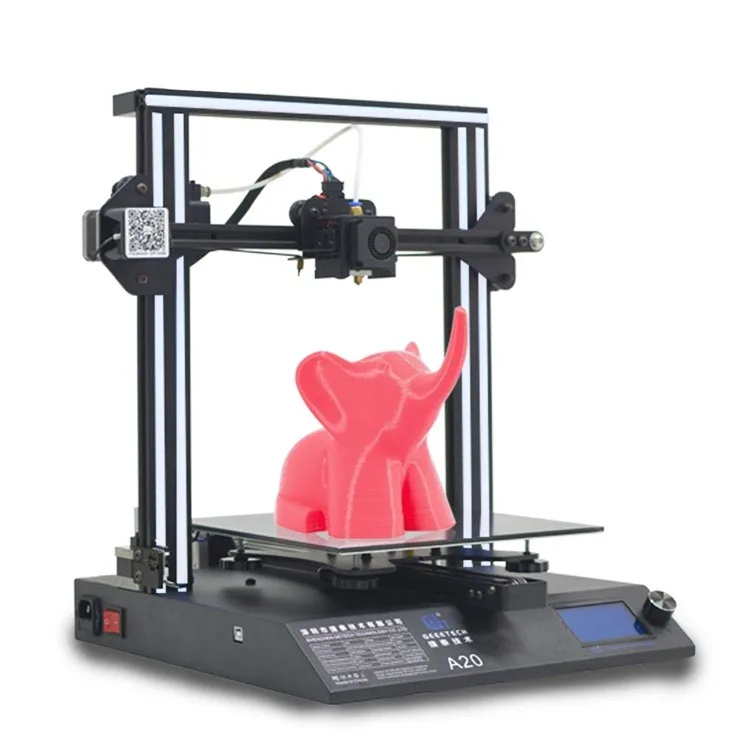 This is where software can play the role of sending, queuing, and tracking these print jobs. Cloud software such as the Ultimaker Digital Factory is enabling the next generation of FFF technology, delivering distributed manufacturing across multiple locations.
This is where software can play the role of sending, queuing, and tracking these print jobs. Cloud software such as the Ultimaker Digital Factory is enabling the next generation of FFF technology, delivering distributed manufacturing across multiple locations.
Watch this video to see how one manufacturer has created a "digital warehouse" by combining FFF 3D printers and software.
Watch the videoWant to learn more about how the 3D printing workflow could look for you?
Read our ‘How to design for FFF 3D printing’ white paper for valuable tips for getting started with an FFF printer, more detail about the role of support materials, and design for FFF insights from 3D printing experts.
Learn the modeling tips and tricks that we use to maximize our print success, including:
• How to 3D print faster
• Easy ways to use less support material
• Best practices for finer print details
• And lots more!
FFF FDM 3D Printers - 3D Printing
Home / Products / FFF FDM
Industry MAGNUM
Hailing from Sweden, Industry is a company that has made major waves in the. .. view details »
.. view details »
Large scale, Pellet
gCreate gMax 2 PRO (with enclosure)
Designed and rigorously tested to be versatile across a wide range of materials and... view details »
Filament deposition
TwoTrees SP-5
TwoTrees SP-5 3D Printer is a CoreXY setup with a sturdy frame, double linear... view details »
Filament deposition
TwoTrees SP-3
TwoTrees SP-3 3D Printer is a CoreXY setup with a sturdy frame and silent... view details »
Filament deposition
TwoTrees Bluer Plus
TwoTrees Bluer Plus 3D Printer comes with automatic bed leveling and a large build... view details »
Filament deposition
TwoTrees BLU-3 V2
TwoTrees BLU-3 V2 3D Printer is easy to install, comes with a silent drive... view details »
Filament deposition
Creality CR-5 Pro High Temp
Creality CR-5 Pro High Temperature 3D Printer is fully enclosed, comes with BL-touch automatic. .. view details »
.. view details »
Filament deposition
Creality CR-5 Pro
Creality CR-5 Pro 3D Printer is fully enclosed, comes with filament runout detection and... view details »
Filament deposition
Creality Sermoon D1
Creality Sermoon D1 3D Printer is semi enclosed, comes with a dual z-axis and... view details »
Filament deposition
Creality Sermoon V1 Pro
Creality Sermoon V1 Pro 3D Printer is fully enclosed, comes with a built-in camera... view details »
Filament deposition
Creality Sermoon V1
Creality Sermoon V1 3D Printer is fully enclosed, comes with assisted bed leveling &... view details »
Filament deposition
Creality Ender-3 S1 Plus
Creality Ender-3 S1 Plus 3D Printer supports a wide range of filaments. Its synchronized... view details »
Filament deposition
Creality Ender-3 S1 Pro
Creality Ender-3 S1 Pro 3D Printer supports a wide range of filaments.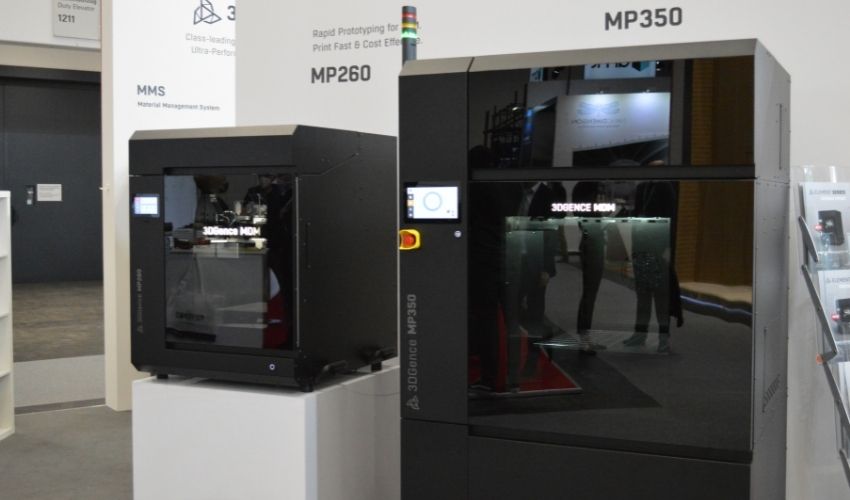 Its "Sprite"... view details »
Its "Sprite"... view details »
Filament deposition
Creality Ender-3 S1
Creality Ender-3 S1 3D Printer supports a wide range of filaments. Its direct extruder... view details »
Filament deposition
Creality Ender-3 V2
Creality Ender-3 V2 3D Printer is an affordable starter kit for 3D printing beginners.... view details »
Filament deposition
Creality Ender-3 Pro
Creality Ender-3 Pro 3D Printer is an affordable starter kit for 3D printing beginners.
Filament deposition
Creality Ender-3
Creality Ender-3 3D Printer is an affordable starter kit for 3D printing beginners.
Filament deposition
Creality CR-30
Creality CR-30 3D Printer is a conveyor-belt type device for printing small batches. (more…)
Filament deposition
Creality CR-6 MAX
Creality CR-6 MAX 3D Printer has a big build volume, dual z-axis and dual.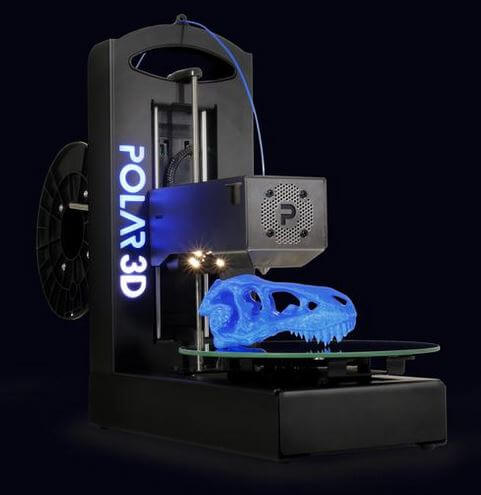 .. view details »
.. view details »
Filament deposition
Creality CR-10 Smart Pro
Creality CR-10 Smart Pro 3D Printer comes with a dual geared direct extruder &... view details »
Filament deposition
Flashforge 3D Printer FF-3DP-2ND-01, 48.0 cm x 33.5 cm x 40.0 cm, 15 kg
DREAMER 3D PRINTER Reliable. Ease-of-use. high quality.
The moment you use Dreamer 3D Printer, you will be extraordinarily impressed with its reliability and ease of use to build high resolution objects. Meanwhile, its powerful proprietary extrusion system can print with a wide range of materials within the enclosed build chamber. Take a deeper look at Dreamer, and you will find how it achieves these. nine0010
Always high quality prints.
Always consistent prints.
Dreamer is a reliable 3D printer that can consistently produce high-quality prints at resolutions as fine as 100 microns.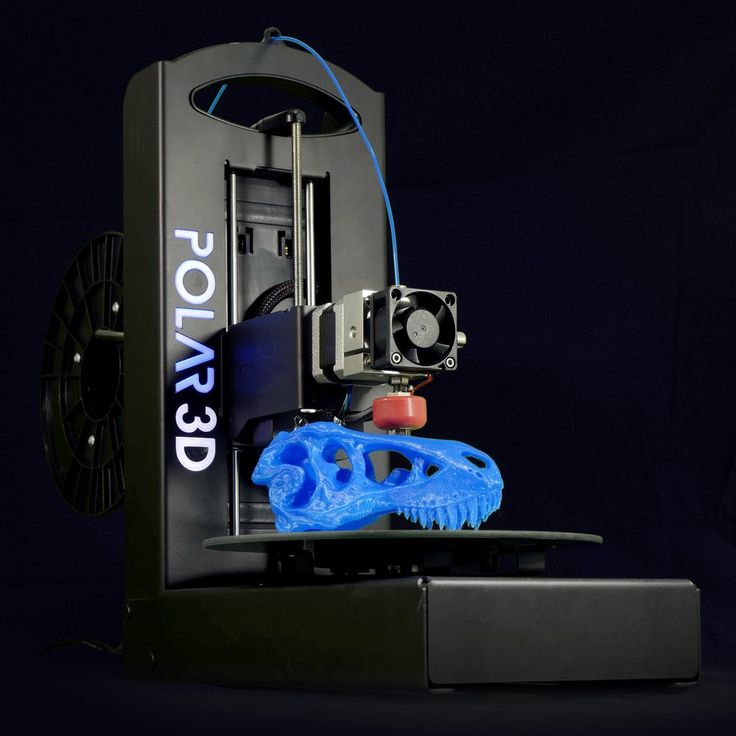 It features a versatile printing chamber for different filament printing. The build plate is made from 6.3mm thickness alloy of Aluminum—the same grade used in the aerospace industry, excellent heat distribution and never deformed. Top-quality components and advanced assembly lines make Dreamer a more reliable 3D printer. nine0010
It features a versatile printing chamber for different filament printing. The build plate is made from 6.3mm thickness alloy of Aluminum—the same grade used in the aerospace industry, excellent heat distribution and never deformed. Top-quality components and advanced assembly lines make Dreamer a more reliable 3D printer. nine0010
Easy set-up right out of the box.
Excellent User Experience.
Dreamer is a true Plug ‘n’ Play 3D printer. It is capable of printing straight out of the box with the ability to print within minutes. The on-board color touchscreen panel, Wi-Fi connection, filament cartridge integrated inside, all these innovative and thoughtful design delivers an excellent user experience to every user.
Introducing FlashPrint.
Simplicity and functionality combined. nine0010
With a simple and intuitive interface and a list of presets for build quality, FlashPrint enables you to enter the wonderful world of 3D printing more easily.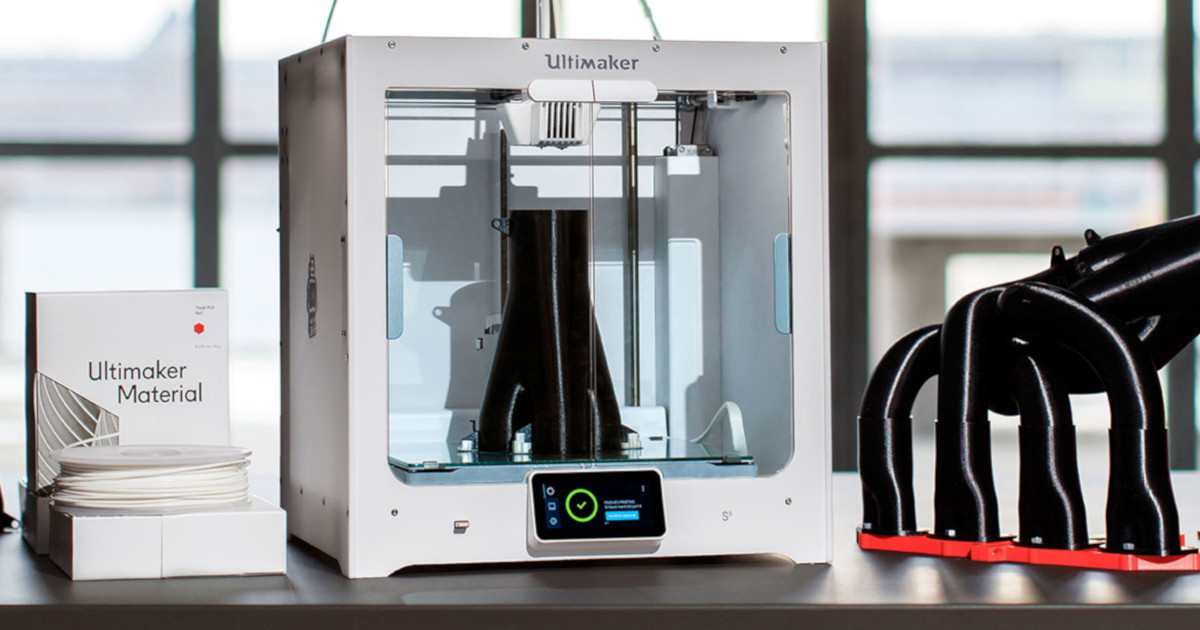 Featured with smart support, 2D into 3D, split model and more, it is a functional slicing software to achieve more possibilities.
Featured with smart support, 2D into 3D, split model and more, it is a functional slicing software to achieve more possibilities.
unlock materials. Explore the Frontier.
Thanks to the proprietary dual extrusion system and enclosed chamber, Dreamer can print a wide range of materials including ABS, PLA, Dissolvable, Flex, T-glass and composite materials such as woodFill, copperFill, brassFill and more. nine0010
The shade of the product may differ from that shown in the photo. The product description is general in nature and does not necessarily contain all the features of the product. The prices of goods published in the online store may differ from the prices of goods used in supermarkets and service centers. The balance of goods in the warehouse and in the online store in exceptional cases may not match, therefore, it is possible that delivery times may differ from those specified when placing the order and / or we will not be able to fulfill your order or will only partially fulfill it (in such cases, the Buyer will informed immediately).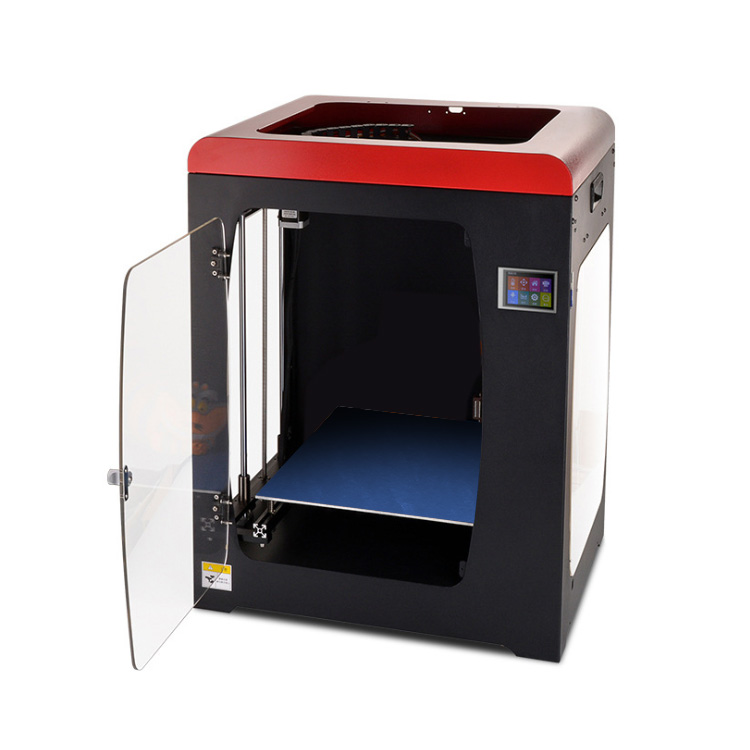 nine0010
nine0010
Noticed an error in the product description, property sheet or photo gallery? Let us know
Flashforge 3D Printer FF-3DP-2ND-01, 48.0 cm x 33.5 cm x 40.0 cm, 15 kg
DREAMER 3D PRINTER Reliable. Ease-of-use. high quality.
The moment you use Dreamer 3D Printer, you will be extraordinarily impressed with its reliability and ease of use to build high resolution objects. Meanwhile, its powerful proprietary extrusion system can print with a wide range of materials within the enclosed build chamber. Take a deeper look at Dreamer, and you will find how it achieves these. nine0010
Always high quality prints.
Always consistent prints.
Dreamer is a reliable 3D printer that can consistently produce high-quality prints at resolutions as fine as 100 microns. It features a versatile printing chamber for different filament printing. The build plate is made from 6.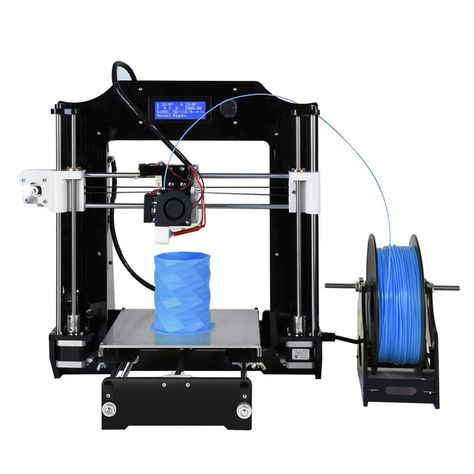 3mm thickness alloy of Aluminum—the same grade used in the aerospace industry, excellent heat distribution and never deformed. Top-quality components and advanced assembly lines make Dreamer a more reliable 3D printer. nine0010
3mm thickness alloy of Aluminum—the same grade used in the aerospace industry, excellent heat distribution and never deformed. Top-quality components and advanced assembly lines make Dreamer a more reliable 3D printer. nine0010
Easy set-up right out of the box.
Excellent User Experience.
Dreamer is a true Plug ‘n’ Play 3D printer. It is capable of printing straight out of the box with the ability to print within minutes. The on-board color touchscreen panel, Wi-Fi connection, filament cartridge integrated inside, all these innovative and thoughtful design delivers an excellent user experience to every user.
Introducing FlashPrint.
Simplicity and functionality combined. nine0010
With a simple and intuitive interface and a list of presets for build quality, FlashPrint enables you to enter the wonderful world of 3D printing more easily. Featured with smart support, 2D into 3D, split model and more, it is a functional slicing software to achieve more possibilities.